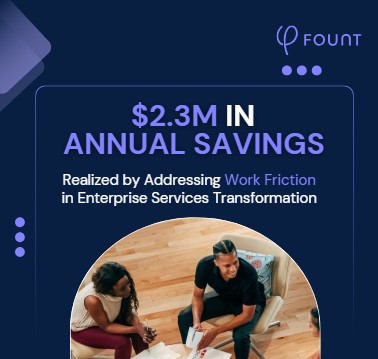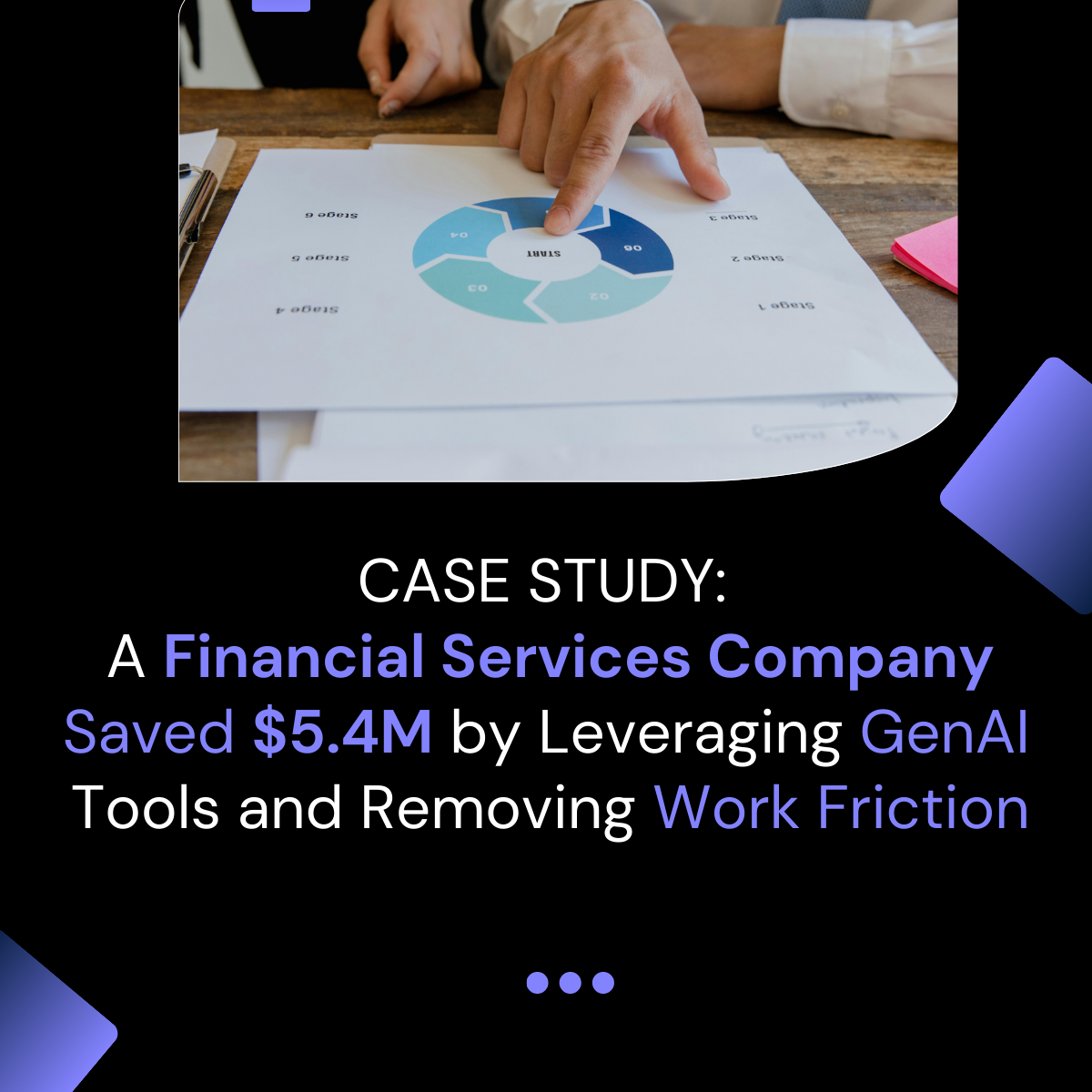Table of Contents
3 Signs Your GBS Is Creating Friction Instead of Flow (And How to Fix It)
Discover hidden friction points in your GBS operations that quietly undermine employee trust and efficiency and get actionable advice on how to fix them.
Guest Post by Isabella Kosch, freelance business consultant, ex-Head of GBS Service Management at SWAROVSKI, regular contributor to SSON.
Not all friction makes noise. Some of it hides in plain sight, camouflaged as efficiency.
After two decades in transformation, I’ve learned this: you can meet every target and still frustrate the people you’re supposed to serve. If you’re not asking how it feels for the user, you’re not managing flow. You’re managing optics.
Your GBS might be on time, under budget, and hitting every SLA. But if people are confused, waiting, or bypassing your systems, it’s not working.
Here are three signs your GBS is silently slowing everyone down:
1. Your help portal is built for the GBS team. Not for the user.
The portal is technically complete. Every form has been uploaded. Every process has a defined SLA. The chatbot knows its lines.
But users still bounce. They give up and ask around. Or worse, they go back to email.
Why? Because it reflects how you think about services, not how users search, ask, or decide.
One client showed me their immaculate portal. But the data told another story: users were abandoning forms midway, returning to email, or phoning their old local contacts.
When knowledge bases are structured by GBS ownership instead of user intent, employees end up bouncing from link to link.
Want to fix it? Start mapping what users are actually trying to do. Not what you’re trying to offer.
Forget the service catalog. Focus on user missions. What are the top three things people need? Build around that.
A portal that makes sense to you isn’t the same as one that works for them.
2. You standardized everything and now no one trusts it
Standardization is good. Until it isn’t.
When local teams feel unseen, they create their own fixes. Shadow trackers. Parallel approvals. Unofficial escalation paths.
I’ve seen this movie. A global onboarding workflow looks fine on paper. But in one region, people still organize their own welcome meetings. In another, HR adds three extra layers of compliance. In a third, managers stop using the tool entirely.
The resistance isn’t loud. But it’s there. And it costs more than you think.
In trying to protect scalability, you lose relevance.
In trying to enforce structure, you erode trust.
If local teams feel like your processes don’t see them, they’ll resist. Not loudly, but subtly. Delays. Pushbacks. Shadow fixes.
Instead of defending your global blueprint, ask where flexibility would actually increase trust.
Standard doesn’t mean identical. It means stable enough to flex where it matters.
3. Your dashboard says green. But your users are red.
There’s always a dashboard. And it’s always green.
But here’s what you’re not tracking:
- How often users follow up because they’re unsure
- How much time they waste re-explaining their issue
- How many quietly avoid your systems for important tasks
This is what I call the “false green.” It’s what happens when KPIs tell one story, but lived experience tells another.
I’ve seen this play out in payroll, IT, procurement – you name it. The process works. But trust is broken. And once that happens, it doesn’t matter how fast or cheap you are.
If your GBS isn’t trusted, it won’t be used. And if it’s not used, it can’t deliver value.
You don’t need to throw away your dashboards. You need to supplement them with qualitative feedback and frontline diagnostics. Friction often hides in escalation loops, repeated follow-ups, or in the silent choice to “just fix it ourselves.” Friction often lives in the gaps between your swimlanes.
If you want flow, focus less on control and more on credibility.
Fix what’s quietly broken. Rethink what “standard” really means. And design for how people actually behave, not how your process chart says they should.
Because process doesn’t equal progress. And operations don’t equal experience.
Prioritize experience.
Is your GBS trusted – or tolerated?
Related Resources
See all News
FOUNT News
LIVE Webinar. Beyond AI Hype: How to De-Risk Your GBS Transformation with Friction Data

Guest Post
3 Signs Your GBS Is Creating Friction Instead of Flow (And How to Fix It)
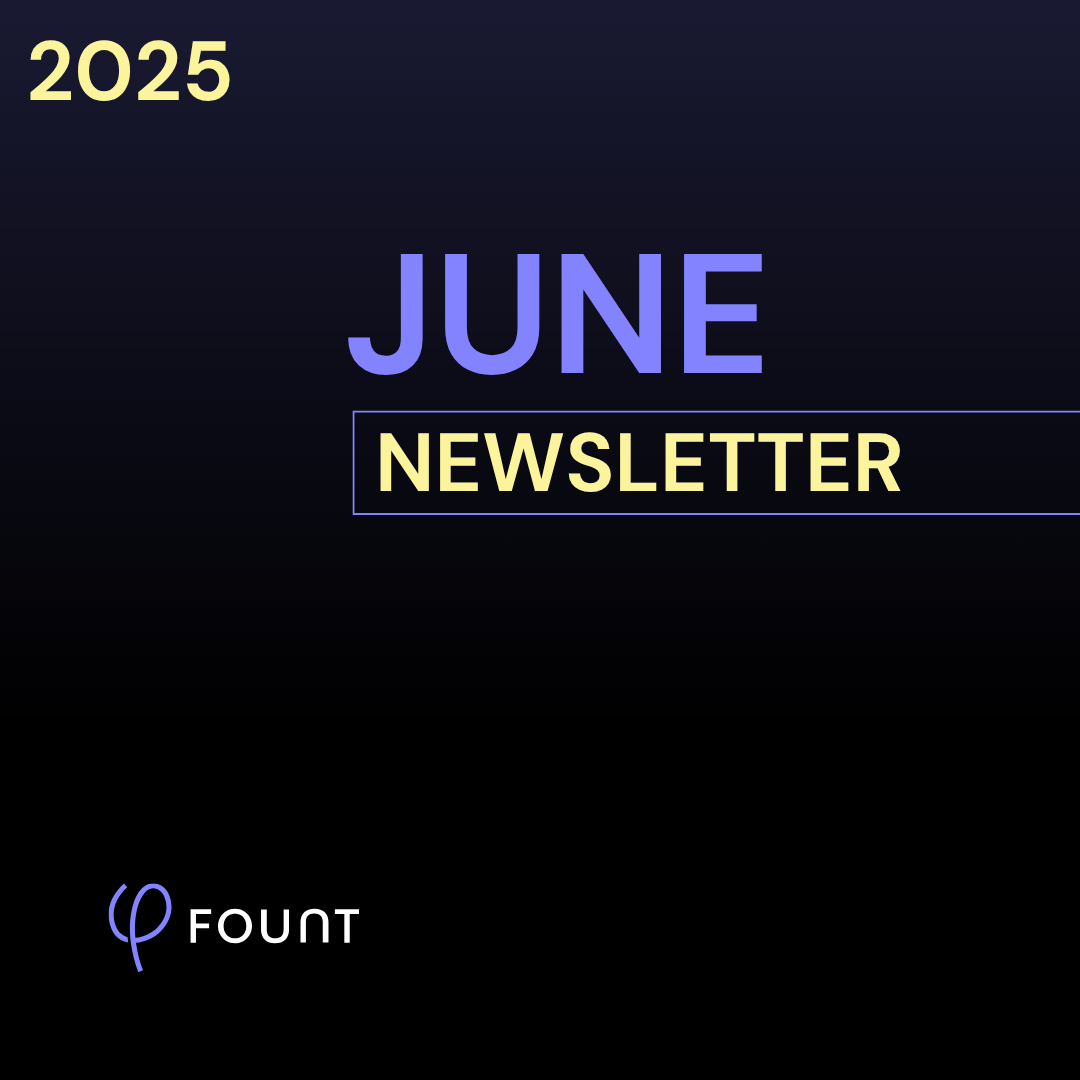
FOUNT News
June Newsletter: Friction is Killing Your AI ROI.
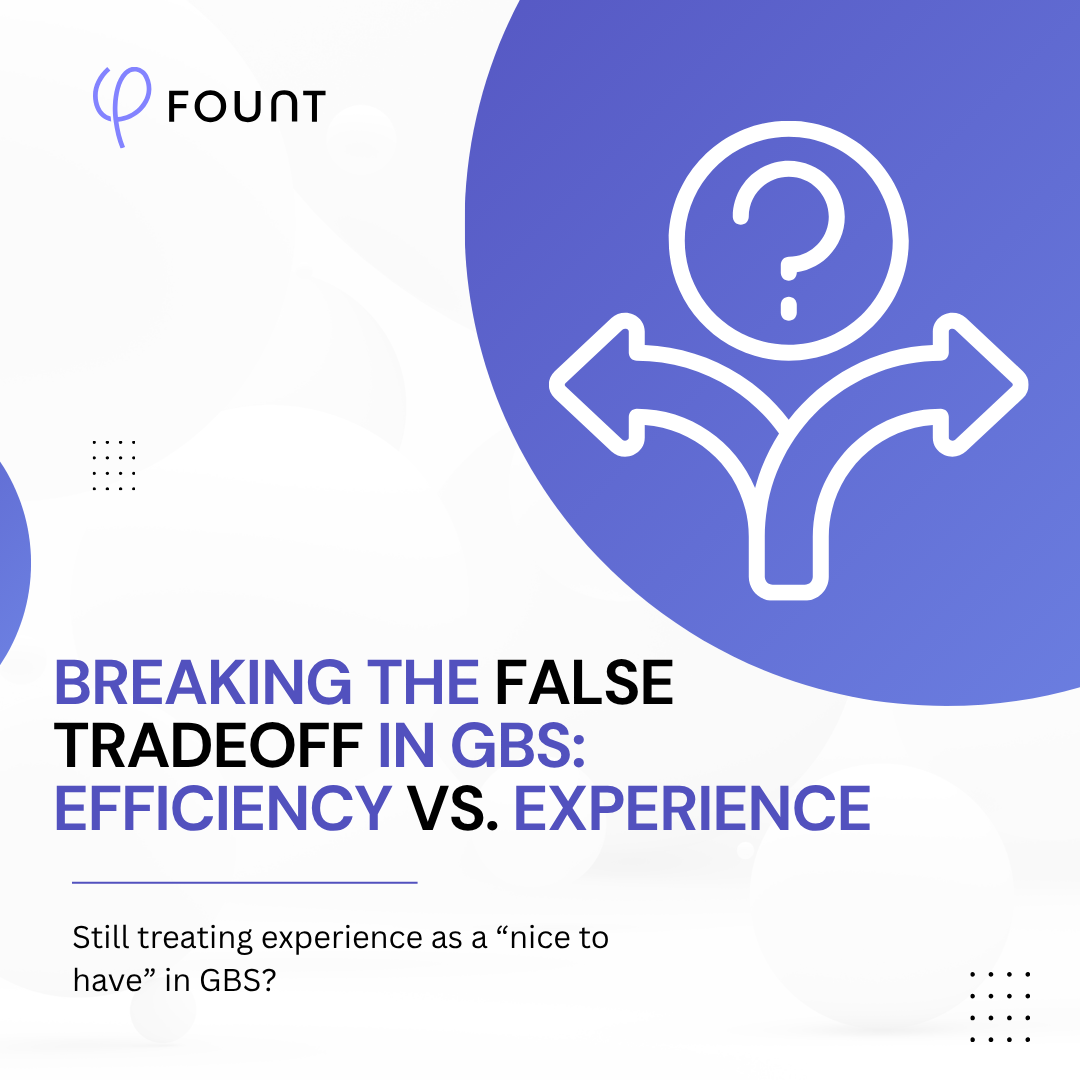
Insights
Breaking the False Tradeoff in GBS: Efficiency vs. Experience

Events
LIVE Webinar – July 9th for SSON Network. Beyond AI Hype: How to De-Risk Your GBS Transformation with Friction Data

Insights
To Create New Value, GBS Leaders Need Different Data
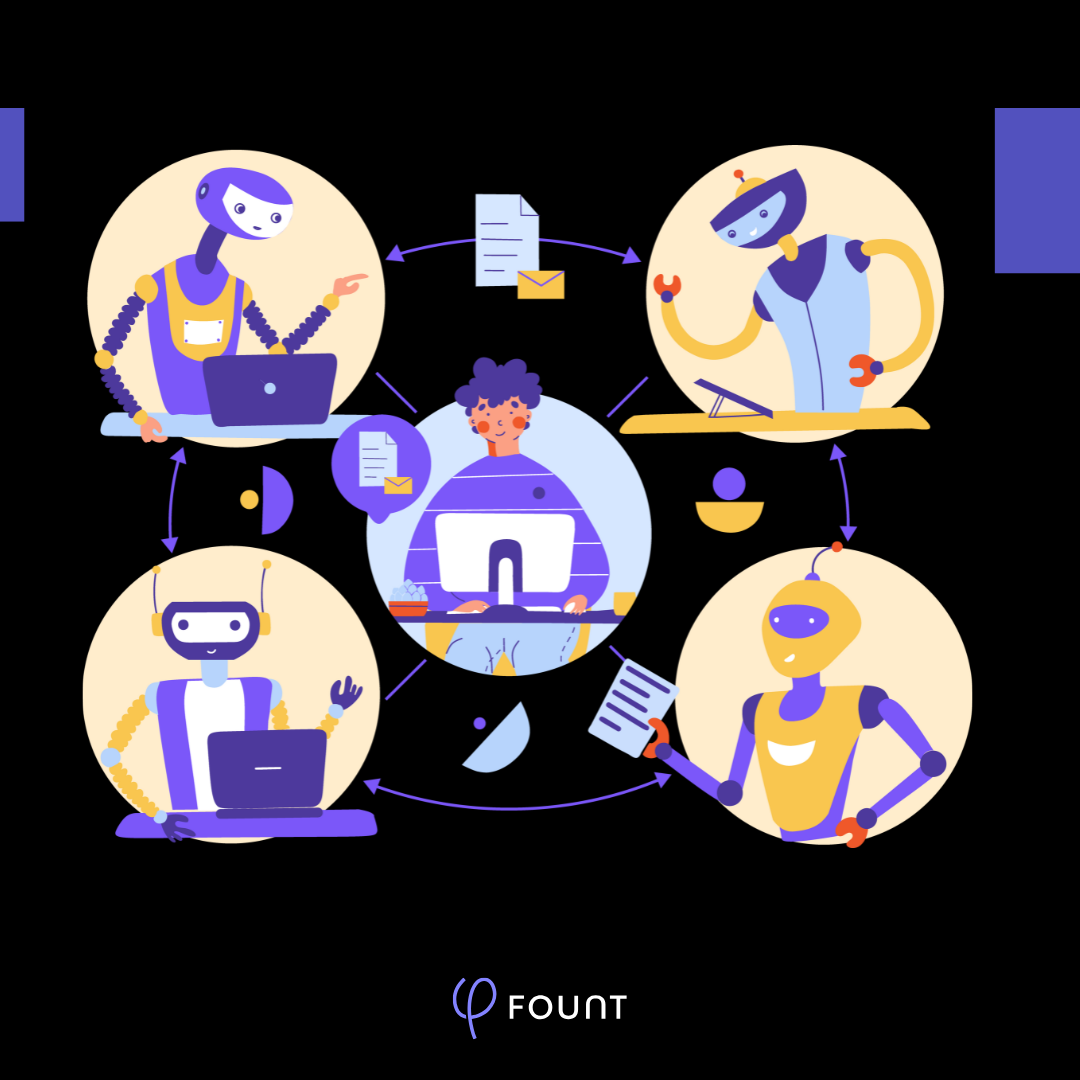
Insights
How to Keep Up with the Latest AI Developments
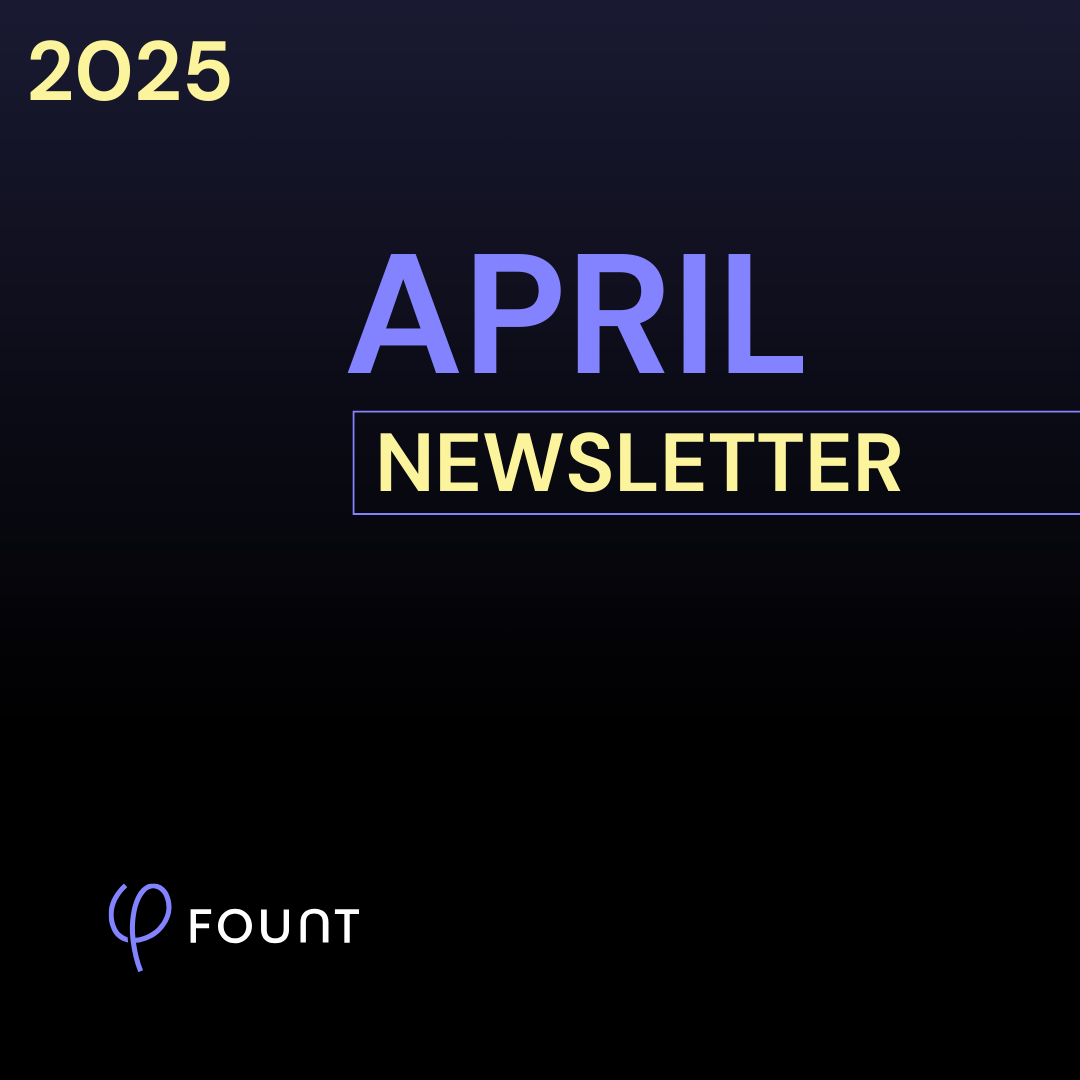
Insights
APRIL Newsletter. Friction: You Can’t Improve What You Can’t See
